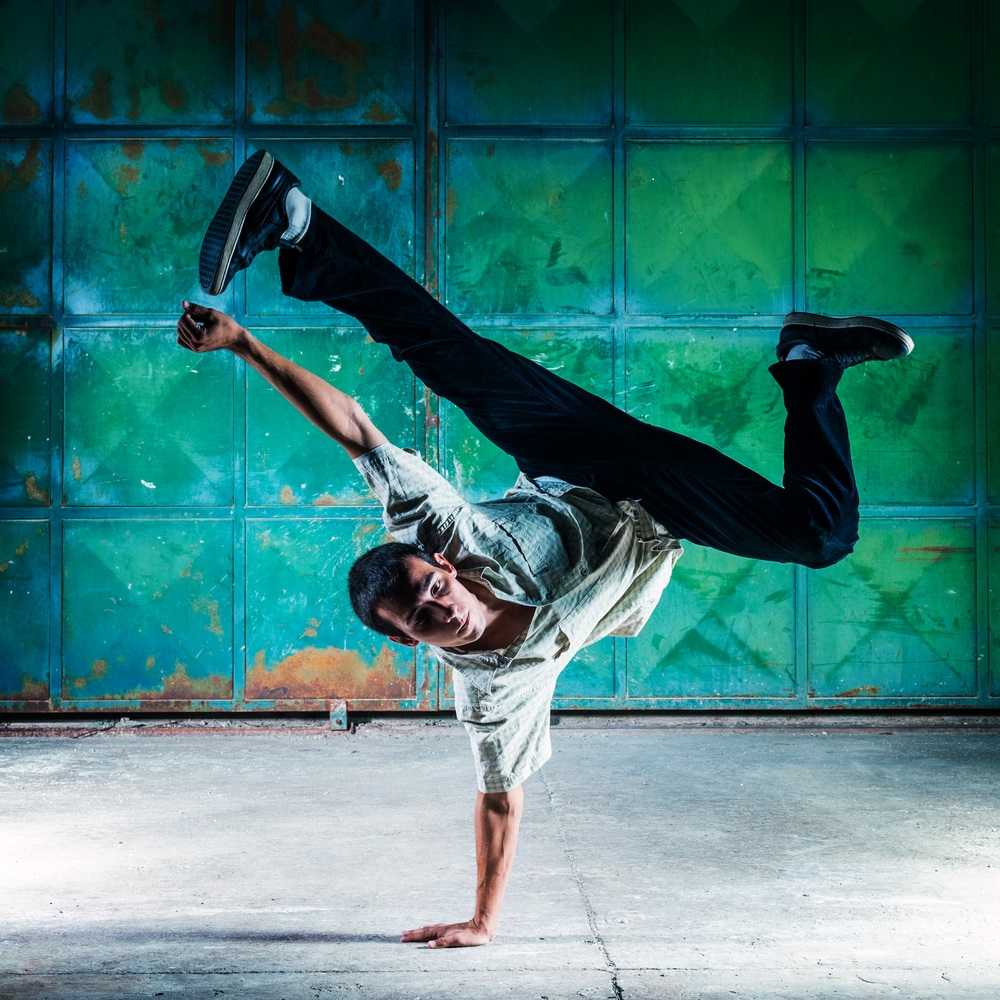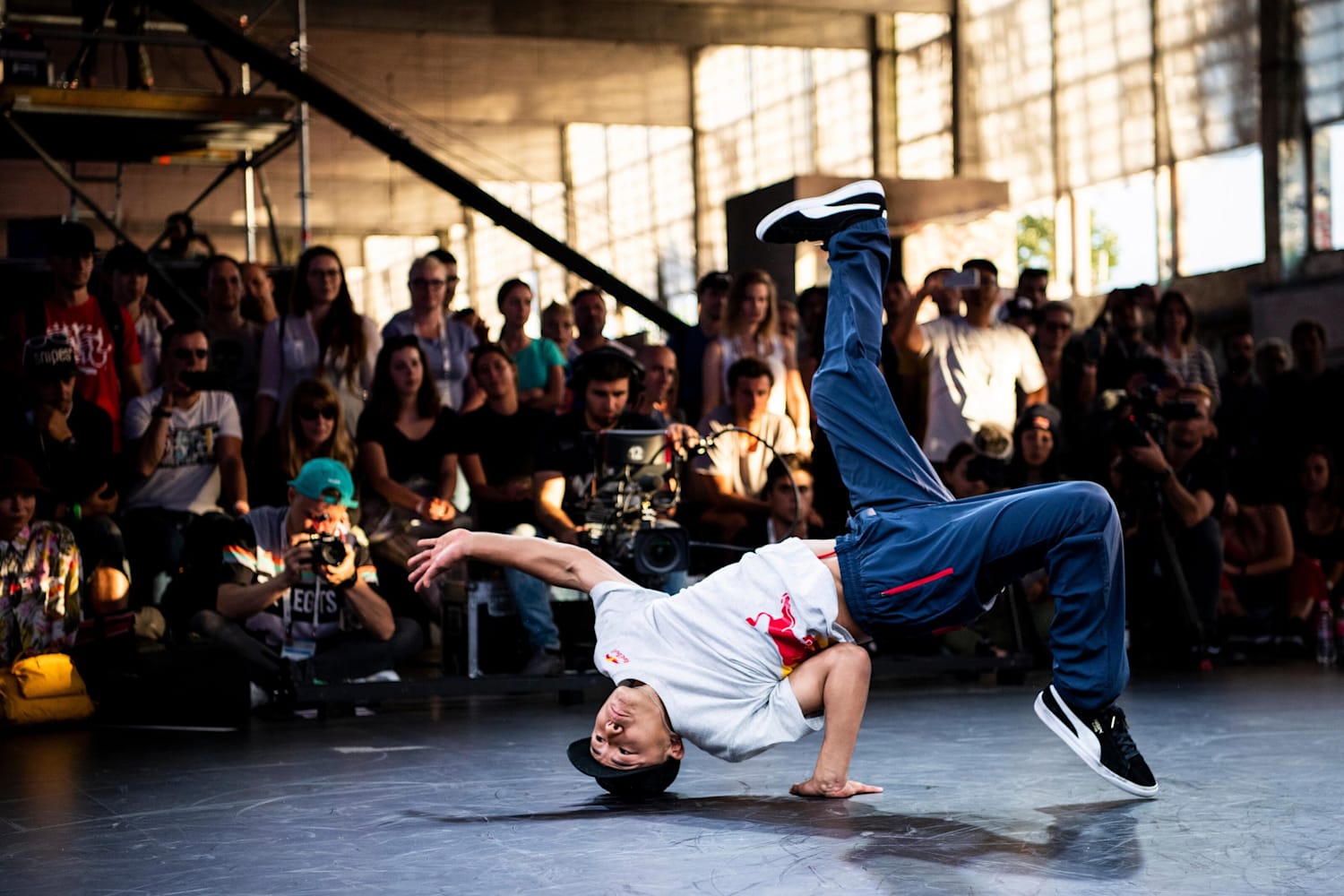History and Evolution of Breakdancing

Breakdancing, a vibrant and energetic dance form, emerged from the streets of the Bronx, New York, in the 1970s. This dance style, often referred to as “b-boying” or “b-girling,” is a captivating blend of athleticism, creativity, and cultural expression.
Origins in the Bronx
Breakdancing’s roots lie in the vibrant and diverse cultural landscape of the South Bronx in the 1970s. It was a time of social and economic upheaval, and young people sought outlets for self-expression and community building. The Bronx’s unique blend of African American, Latin American, and Caribbean influences played a crucial role in shaping the dance form.
Influence of African American and Latin American Cultures
Breakdancing draws heavily from the rich traditions of African American and Latin American cultures. The rhythmic footwork, acrobatic moves, and improvisational nature of breakdancing reflect the influence of African dance traditions. Latin American dance forms, such as salsa and mambo, contributed to the energetic and dynamic qualities of the dance.
Evolution from Street Origins to Mainstream Popularity
Breakdancing began as a street dance, practiced in parks, playgrounds, and community centers. It quickly gained popularity among young people in the Bronx and spread throughout New York City and beyond. The rise of hip-hop culture in the 1980s propelled breakdancing into the mainstream. Movies like “Beat Street” and “Breakin'” showcased the dance form to a wider audience, and breakdancing became an integral part of hip-hop music videos and performances.
Influence of Other Dance Styles
Breakdancing has been influenced by a variety of other dance styles, including funk, jazz, and hip hop. Funk music, with its rhythmic grooves and syncopated beats, inspired the energetic and improvisational nature of breakdancing. Jazz dance contributed elements of fluidity and expressiveness, while hip hop provided a framework for breakdancing’s athleticism and street-inspired moves.
Key Elements and Techniques of Breakdancing: Break Dancing

Breakdancing, a vibrant and dynamic dance form, is a captivating blend of athleticism, creativity, and musicality. Its roots lie in the streets of New York City during the 1970s, where it evolved as a form of self-expression and cultural identity. At its core, breakdancing is a fusion of intricate footwork, powerful acrobatics, and rhythmic body isolations, all executed with precision and style.
Fundamental Moves and Techniques, Break dancing
Breakdancing is a complex dance form with various fundamental moves and techniques. These moves are categorized into four main styles: top rock, down rock, power moves, and freezes.
- Top Rock: This style involves intricate footwork patterns performed while standing. Top rock serves as a foundation for breakdancing, allowing dancers to establish their rhythm, energy, and presence.
- Down Rock: As the name suggests, down rock involves a series of rhythmic movements performed on the ground. Down rock is characterized by its intricate footwork, quick transitions, and dynamic flow.
- Power Moves: Power moves are the most visually impressive aspect of breakdancing, showcasing acrobatic feats that require strength, agility, and coordination. These moves often involve spins, flips, and aerial maneuvers.
- Freezes: Freezes are striking poses that dancers hold at the end of a move or sequence. They emphasize balance, control, and artistic expression, allowing dancers to showcase their creativity and style.
Rhythm, Timing, and Musicality
Rhythm, timing, and musicality are crucial elements of breakdancing. Dancers must be able to interpret the rhythm of the music and translate it into their movements. This involves understanding the tempo, beat, and phrasing of the music and responding accordingly.
“Breakdancing is a conversation between the dancer and the music.”
Power Moves
Power moves are the heart-stopping acrobatics that define breakdancing. They are a testament to the dancer’s strength, agility, and coordination. Here are some of the most popular power moves:
- Windmills: A classic power move that involves spinning the body horizontally on one hand while the other hand acts as a pivot point.
- Flares: This move involves a fast, controlled leg extension followed by a quick return to a standing position. Flares require excellent leg strength and flexibility.
- Headspins: Headspins involve spinning the body on the head while maintaining balance. This move requires incredible neck strength and control.
- Airtracks: Airtracks are complex power moves that involve aerial maneuvers, such as flips and somersaults. These moves demand advanced skills and a high level of physical fitness.
Body Control, Strength, and Flexibility
Breakdancing demands a high level of physical fitness. Dancers must possess exceptional body control, strength, and flexibility to execute the intricate moves and techniques.
- Body Control: Breakdancing requires precise control over every part of the body, from the toes to the fingertips.
- Strength: Power moves, such as windmills, flares, and headspins, require significant upper body and core strength.
- Flexibility: Flexibility is essential for executing moves that involve leg extensions, spins, and contortions.
Breakdancing Culture and Community
Breakdancing is more than just a dance form; it’s a vibrant culture that has profoundly impacted youth culture, social movements, and artistic expression. From its humble beginnings in the streets of the Bronx, breakdancing has blossomed into a global phenomenon, uniting diverse communities through its dynamic energy and captivating moves.
The Role of Breakdancing in Youth Culture and Social Movements
Breakdancing emerged as a powerful form of self-expression for marginalized youth, particularly in the Bronx, where it provided an outlet for creativity and rebellion. Its origins can be traced back to the 1970s, a period marked by social and political unrest, where young people sought ways to assert their identity and challenge societal norms. Breakdancing became a symbol of resilience and empowerment, allowing individuals to express their frustrations, dreams, and aspirations through movement.
The Importance of Crews and Battles in the Breakdancing Community
Breakdancing thrives on a strong sense of community, fostered through the formation of crews and battles. Crews serve as platforms for collaboration, mentorship, and mutual support, allowing dancers to hone their skills, share knowledge, and build lasting friendships. Battles, on the other hand, provide a competitive arena where dancers can showcase their talents and push their boundaries. These events are not simply about winning or losing; they are about celebrating the art form, fostering respect, and promoting a spirit of camaraderie among breakdancers.
The Impact of Breakdancing on Fashion, Music, and Visual Arts
Breakdancing has had a profound impact on various art forms, influencing fashion, music, and visual arts. The iconic attire of breakdancers, characterized by loose-fitting clothing, sneakers, and colorful accessories, has become synonymous with the dance form and has influenced streetwear trends globally. Breakdancing has also played a crucial role in the evolution of hip-hop music, inspiring numerous artists to incorporate breakbeats and other elements of breakdancing into their tracks. Furthermore, breakdancing has been a source of inspiration for visual artists, who have incorporated its dynamic movements and energy into their paintings, sculptures, and installations.
Influential Breakdancers and Their Contributions to the Culture
Breakdancing has produced numerous influential figures who have shaped the culture and pushed the boundaries of the art form. Among them are:
- The Rock Steady Crew: Widely considered one of the pioneers of breakdancing, the Rock Steady Crew emerged in the 1970s and quickly gained international recognition for their innovative moves and captivating performances. They helped popularize breakdancing worldwide, inspiring countless dancers and contributing significantly to the development of the culture.
- Crazy Legs: A founding member of the Rock Steady Crew, Crazy Legs is renowned for his technical prowess and innovative style. He has been instrumental in promoting breakdancing as a legitimate art form and has helped to establish it as a global phenomenon.
- Poppin’ Pete: Known for his signature “popping” style, Poppin’ Pete is a pioneer of this distinctive breakdancing technique. His smooth, fluid movements and intricate isolations have inspired countless dancers worldwide, and his contributions have helped to solidify popping as a recognized breakdancing style.
Break dancing – Breakdancing, with its intricate footwork and gravity-defying spins, is a dance form that often feels like a secret language. Its origins, though, remain shrouded in mystery, much like the enigma that is nicka lithuania. This hidden world, with its whispered stories and elusive folklore, might hold clues to the origins of breakdancing, a dance form that itself seems to defy categorization and categorization.
Breakdancing, with its intricate footwork and gravity-defying spins, is a language of its own, a silent symphony of movement. The energy of a b-boy or b-girl, channeled through their bodies, echoes the intensity of global conflicts, like the tumultuous relationship between Iran and Israel.
Both sides, in their own way, strive for dominance, for control of the stage, a battle played out not with weapons but with the strength and grace of their respective ideologies. The world watches, captivated by the unpredictable turns, the fleeting moments of peace, and the ever-present threat of a final showdown, just like a breakdancing cypher where the crowd holds its breath, waiting for the next move.
